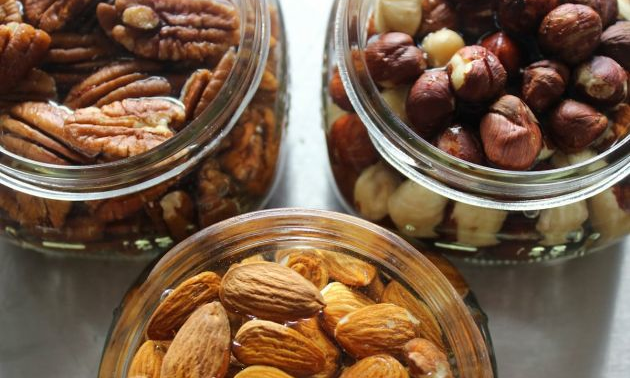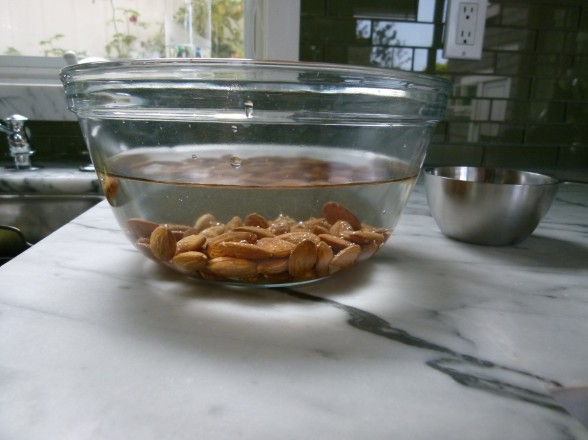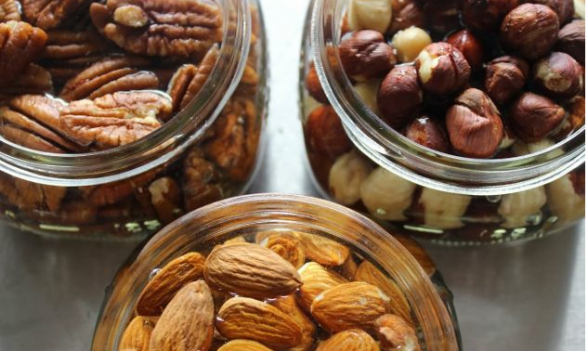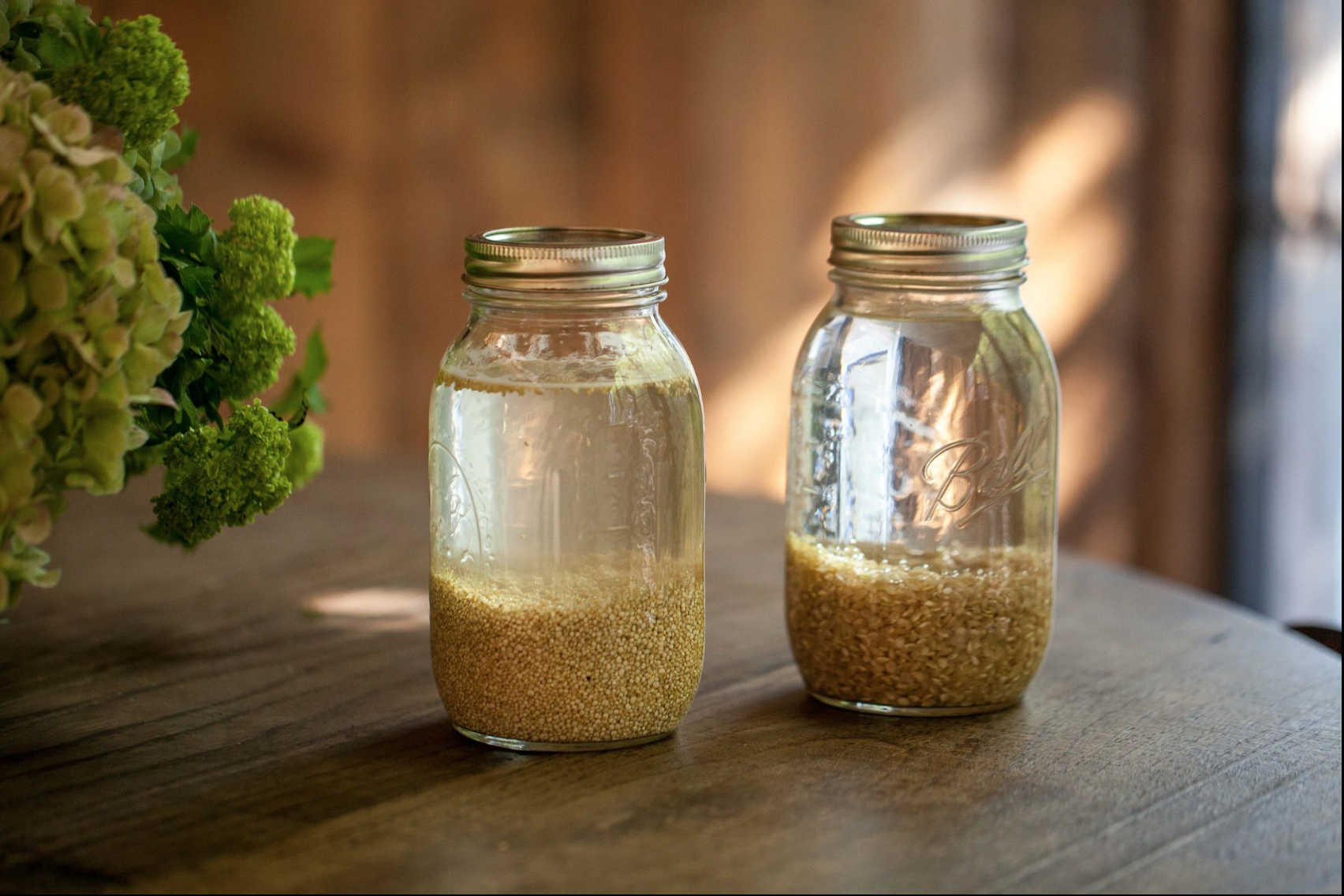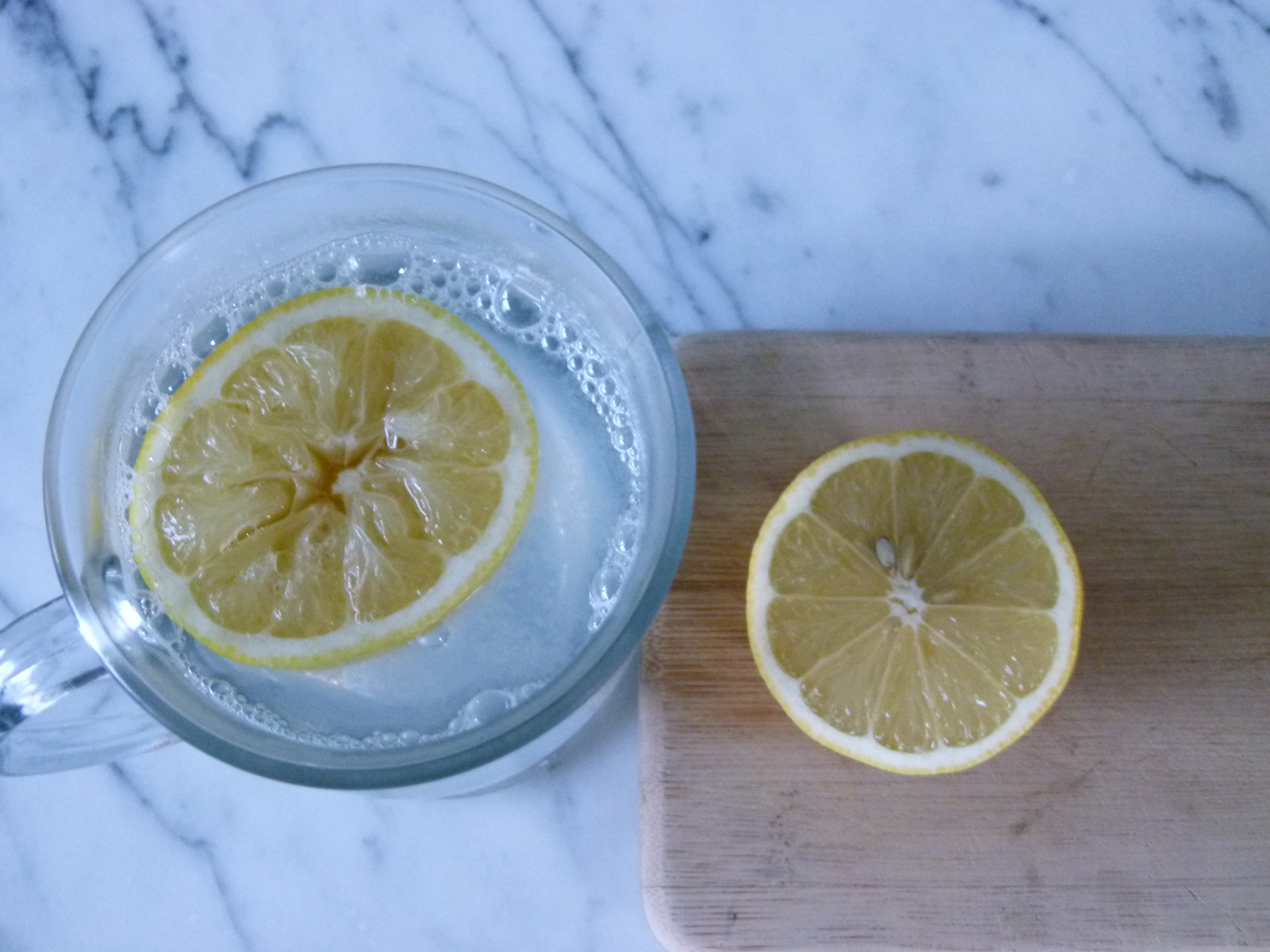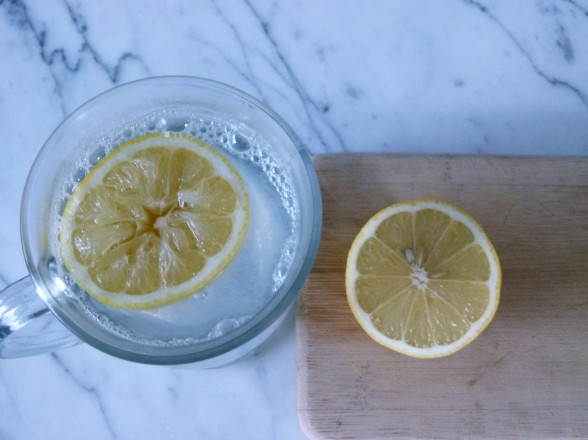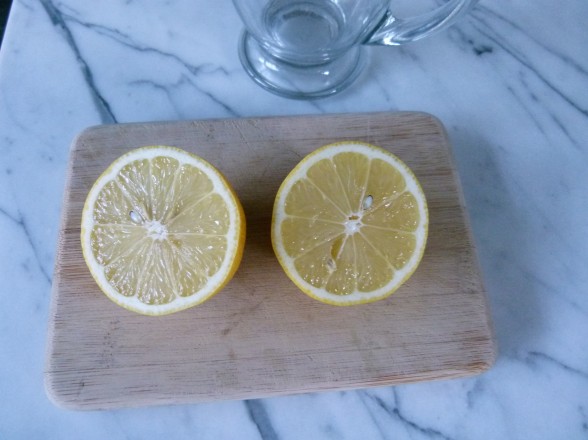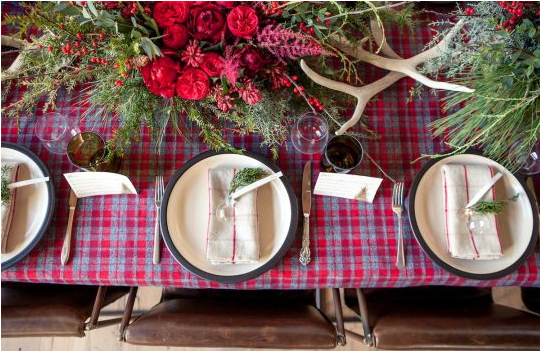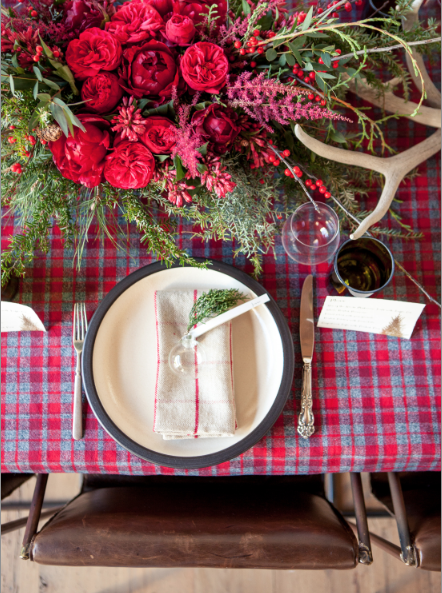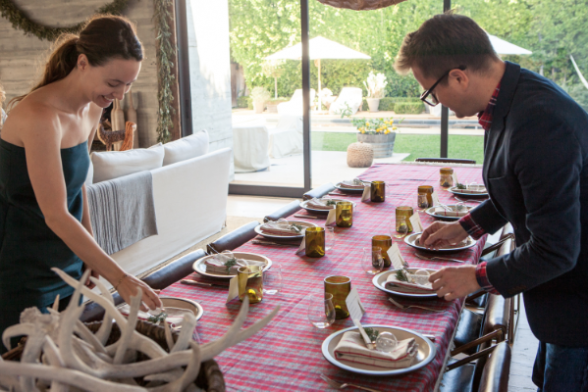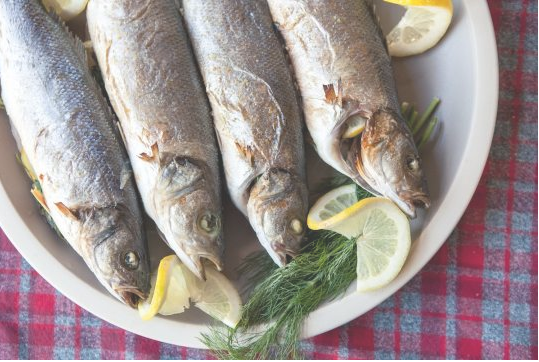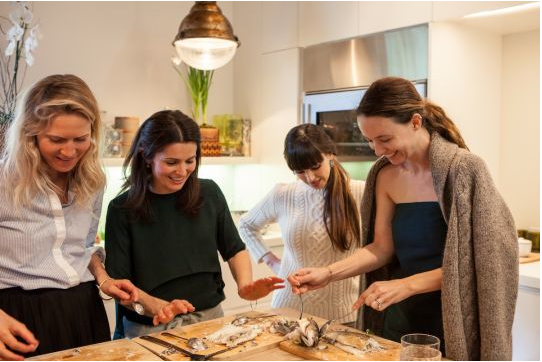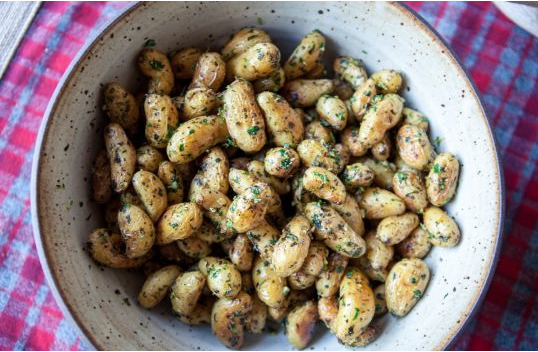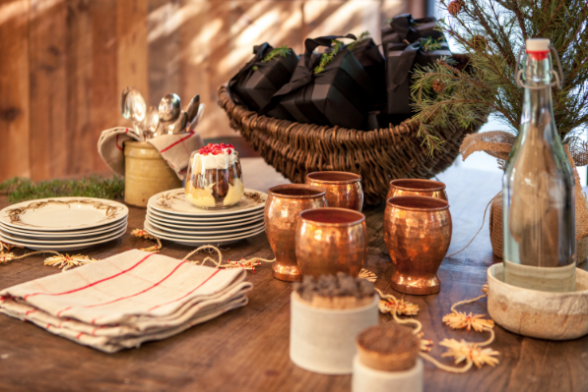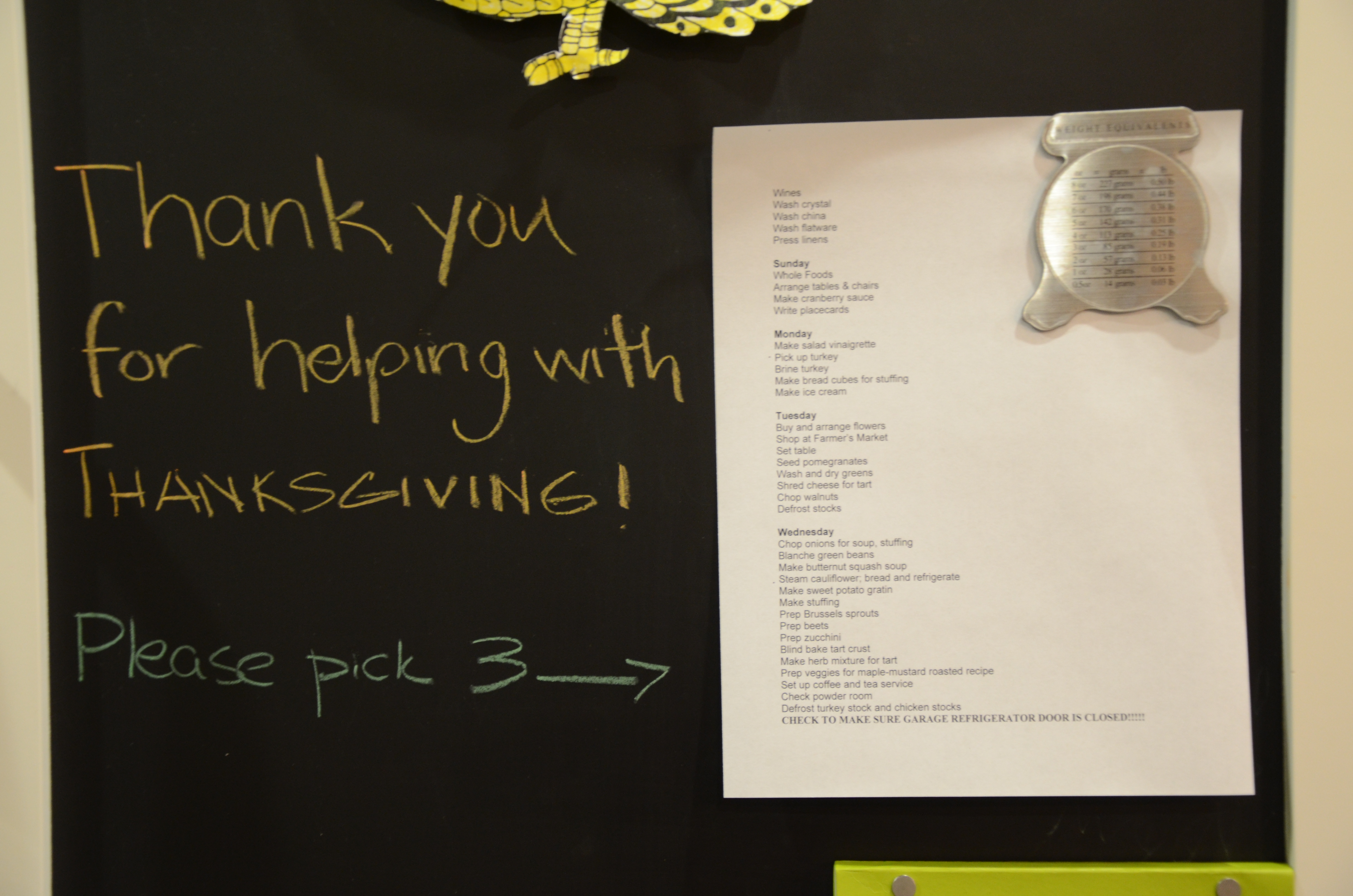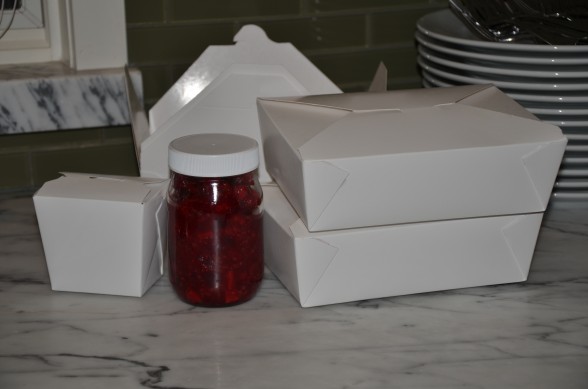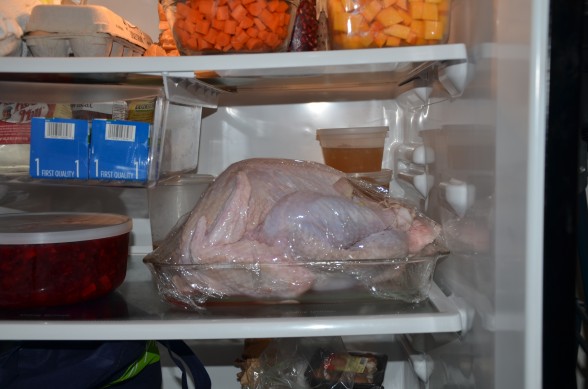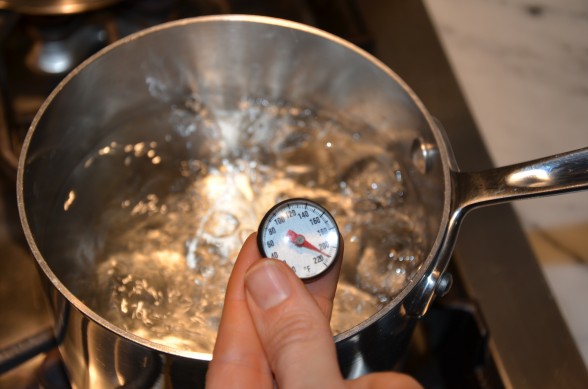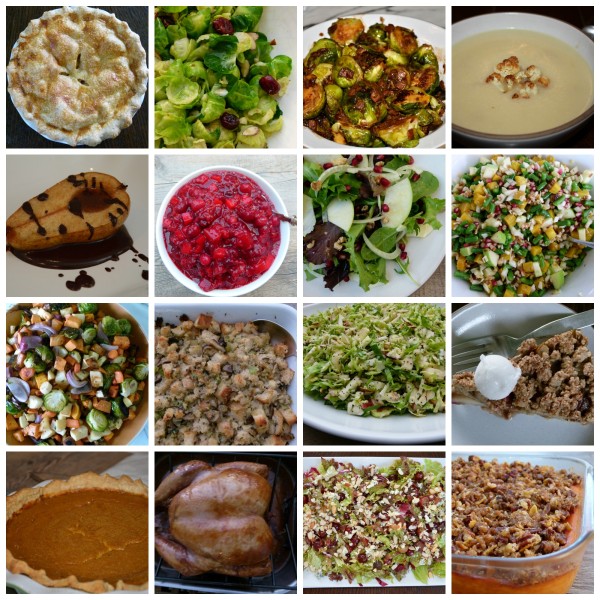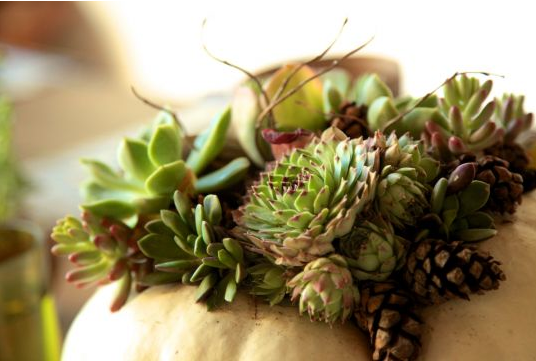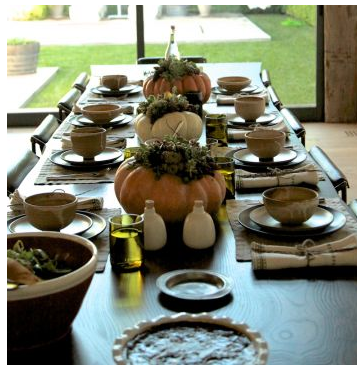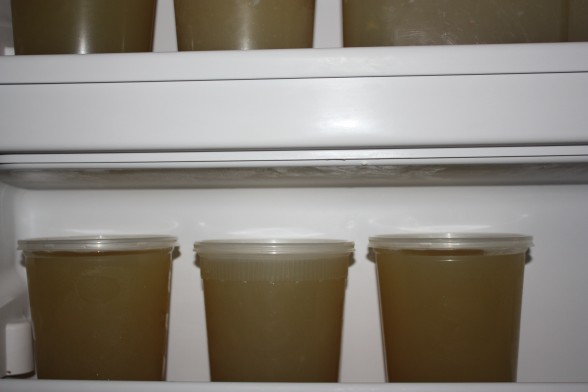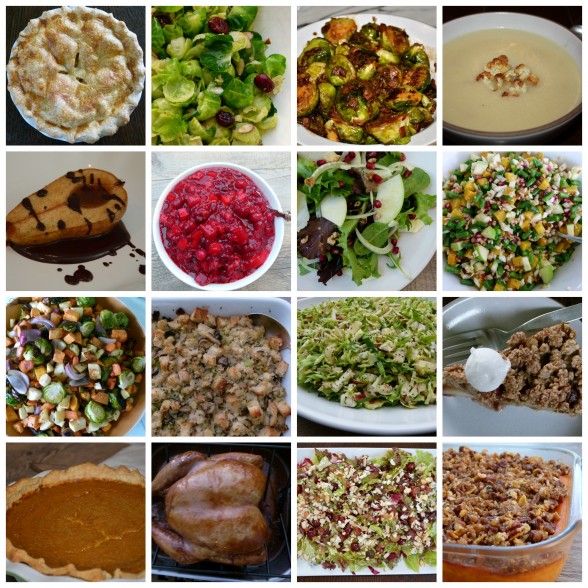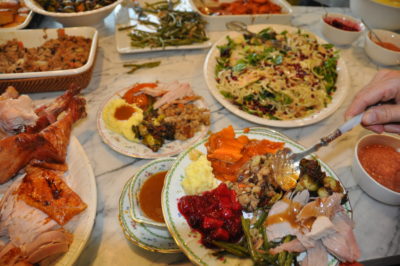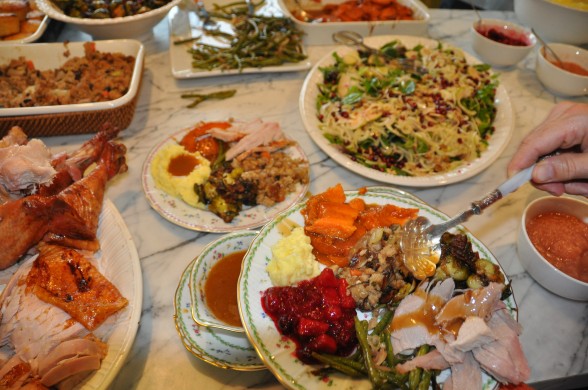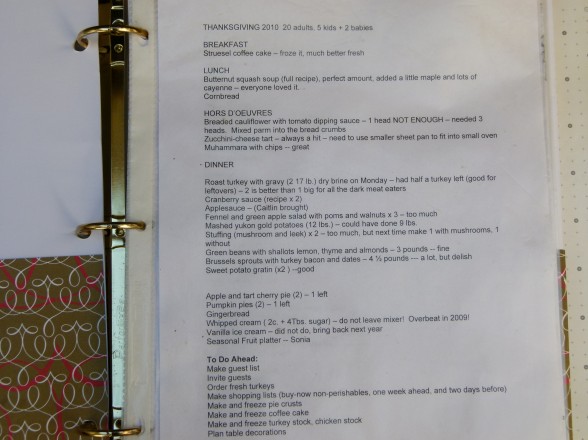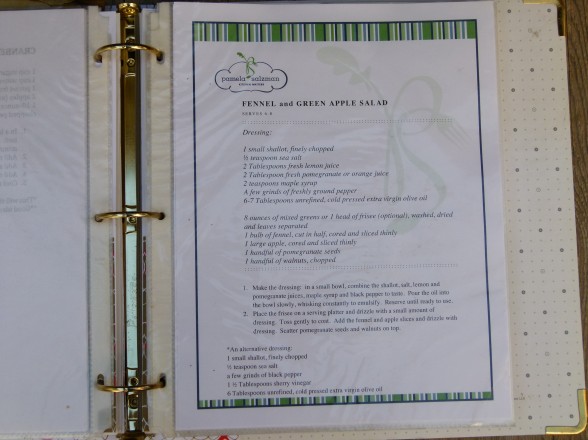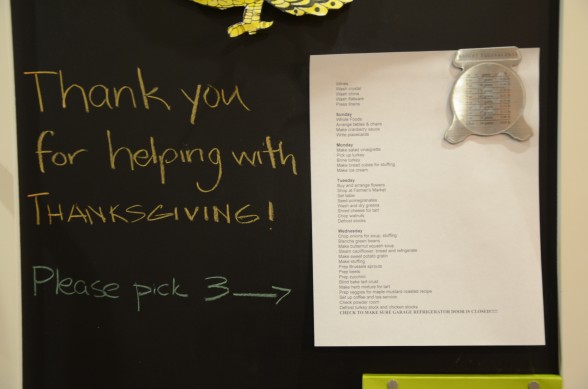
This post has been edited from the original which was published on November 17, 2011.
Wow, the last three weeks have gone by so quickly! I am very excited to celebrate Thanksgiving — we have a super fun crew joining us this year — and I am also looking forward to some one-on-one time with the kids. I used to get all of them in the kitchen Thanksgiving morning to help me with pies or trimming green beans or whatnot, but my two daughters have taken to sleeping until noon on days off. However I had a stroke of genius two years ago, which was to tack my Thanksgiving to-do list on the refrigerator and have everyone sign up for three tasks. I asked my husband to help too, because good gracious the man needs to brush up on his cooking skills!
My last class is Monday night, so I’ll start getting busy this weekend and then I’ll go full steam ahead on Tuesday. I always plan Thanksgiving day down to the last detail because I don’t like forgetting things and a schedule makes me feel more relaxed, which equals more fun for me! But just because Thanksgiving is the star of the show this week doesn’t mean that I can forget about normal life on very other day. So I think about regular meals and activities, too. Here’s what my schedule will look like from Sunday until we eat on Thursday at 4:00 pm (-ish). This shouldn’t make you feel exhausted, but merely show you what you can do ahead for your own Thanksgiving!
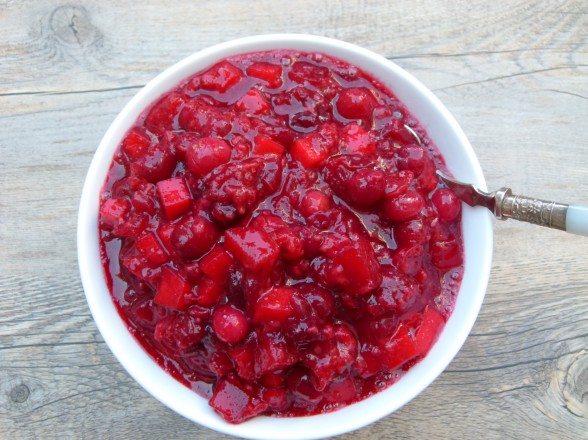
Sunday
Go grocery shopping for most perishable items, bread for stuffing and food for remaining dinners this week.
Make cranberry sauce (I used to make applesauce on Sunday too, but my friend Caitlin is bringing it this year.)
Arrange tables and chairs
Write out placecards for table (a good job for one of the kids)
Dinner: orange and rosemary-glazed chicken, cauliflower-potato mash, and broccoli
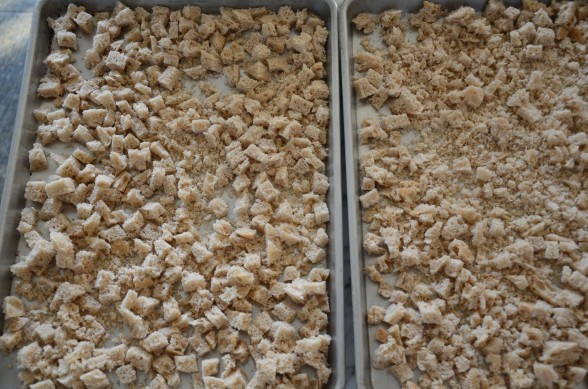
Monday
Make salad vinaigrettes
Make bread cubes for stuffing
Make ice cream
4:00 leave to teach cooking class in Brentwood
Dinner: spaghetti squash bowls with beans, roasted vegetables, and guacamole
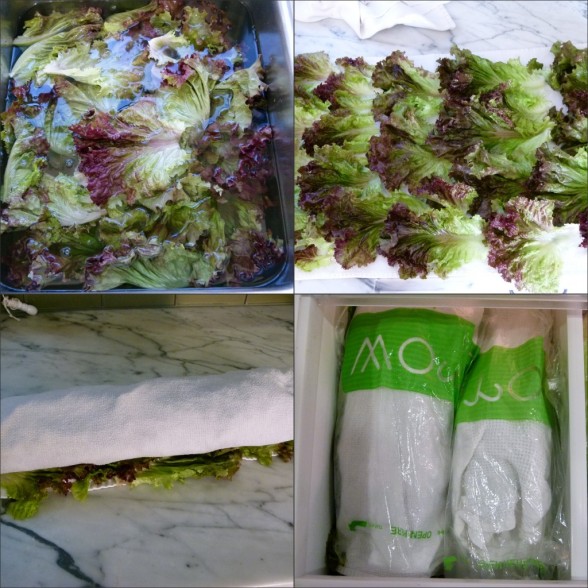
Tuesday
9:30 am Dentist appointment for Mr. Picky
Shop for last perishable items from farmer’s market
Pick up turkeys. Brine in the morning.
Buy flowers for entry table, family room and living room and put together table arrangements
Set table (I’ll set one place setting for the kids to copy and they can do the rest.)
Wash and dry greens (salad)
Toast pumpkin seeds (salad)
Seed pomegranates (salad)
Shred gruyere (tart)
Shred manchego (salad)
Defrost chicken/turkey stocks
Dinner: Italian wedding soup and grilled cheese sandwiches

Wednesday
Chop onions for soup, stuffing and roasted vegetables
Slice zucchini (tart)
Make soup
Steam, bread cauliflower
Blind bake crust (tart)
Herb oil (tart)
Make stuffing
Prep vegetables for Maple-Mustard Roasted Veggies
Thinly slice Brussels sprouts
Cut butternut squash into cubes
Make sweet potato casserole
Bake pecan pies
Set up for coffee and tea service
Check powder room
Dinner: shrimp with tomatoes, white beans and spinach, rice
Before bed: make sure garage refrigerator door is closed! (Three years ago, I left the door open to my extra fridge in the garage all night long. OMG. Needed to buy two new turkeys on Thanksgiving morning!)
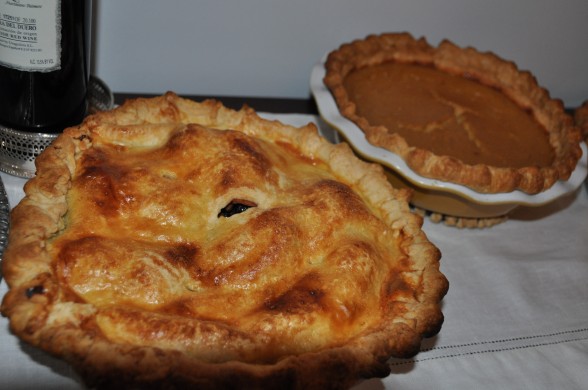
Thursday
6:00 am wake and shower
Make cornbread (small oven)
Bake pumpkin pies (large oven)
Bake coffee cake (small oven)
Make gingerbread (large oven)
9:15 Take turkeys out of refrigerator
All desserts must be out of large oven by 10:30 am
Bake apple pie (small oven)
10:45 turkeys go in large oven breast side down at 425 degrees
11:25 turn oven down to 325 degrees and flip turkey breast side up
12:00 reheat soup and serve with cornbread
tidy up kitchen
get dressed and dry hair (a girl’s gotta look good!)
Put mixing bowl and beaters in freezer for whipped cream
Roast butternut squash for salad (small oven)
1:30 Peel potatoes and make mashed potatoes; keep in bowl, covered, over pot of simmering water
2:15 zucchini tart in small oven
2:30 fry cauliflower and heat tomato sauce; serve hot
3:00 serve hors d’oeuvres; start testing turkey temperature
3:00 – 3:30 take turkey out of oven
Put vegetables in large oven at 400 degrees
Make gravy
Reheat stuffing in small oven
Bake sweet potato casserole in large oven
Chop apples for Brussels sprout salad, assemble both salads
Light candles, pour water in glasses, set out cranberry sauce and applesauce
Place turkey platter in oven to warm up
3:50-4:00 Carve turkeys
4:00 Dinner is served
After dinner: whip cream (do not overbeat!), coffee and tea, sparkling water
Make notes on what to remember for next year. Next year??!!


